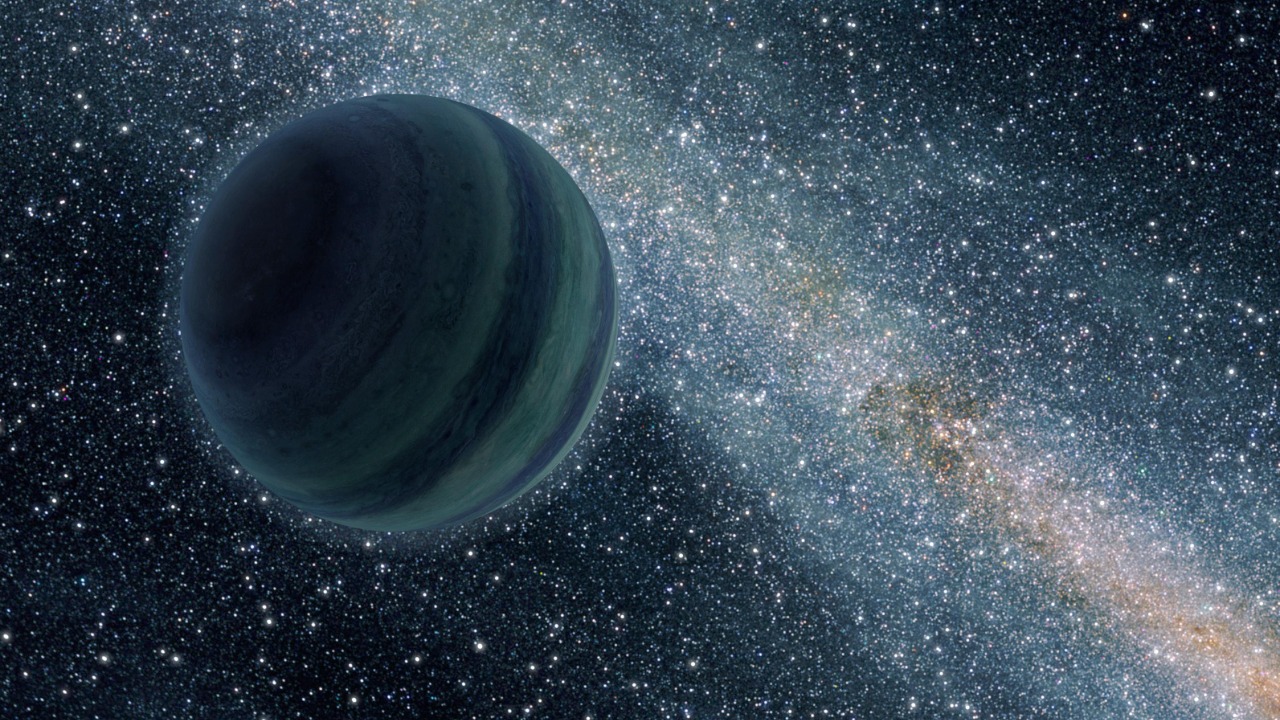
Recent studies, including data from the James Webb Space Telescope, have revealed that free-floating planets, often referred to as “rogue planets,” can potentially form their own miniature planetary systems. These discoveries challenge our traditional understanding of planetary formation, suggesting that planets do not necessarily need a parent star to develop complex systems of their own.
The Nature of Free-Floating Planets
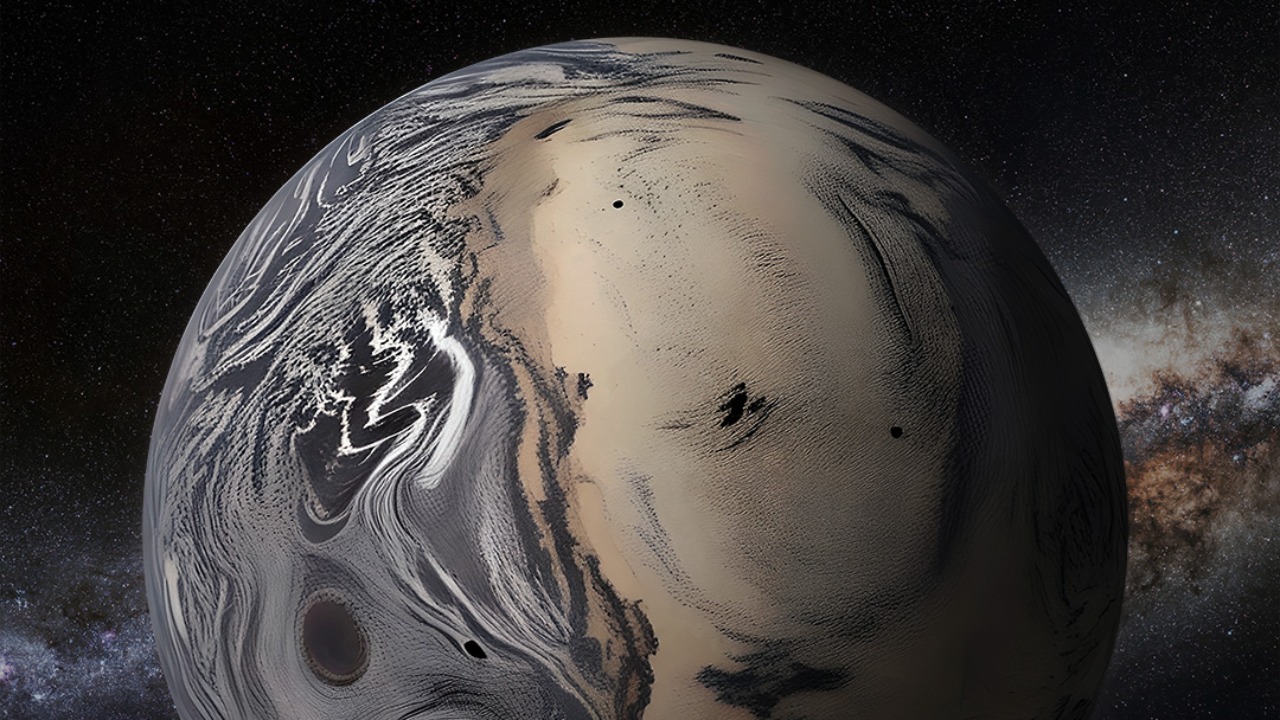
Free-floating planets, or rogue planets, are celestial bodies that drift through space without orbiting a parent star. Unlike the planets in our solar system, which revolve around the Sun, these planets roam the galaxy independently. Their lack of a central star makes them unique in the planetary family, and they are believed to form either from the remnants of stellar formation processes or as ejected bodies from developing planetary systems. This absence of a parent star also means that they do not have the typical energy source that powers planets like Earth.
Detecting these elusive objects is no small feat. Techniques such as gravitational microlensing and infrared observations are pivotal in identifying free-floating planets. Gravitational microlensing relies on the gravitational field of the planet to bend and amplify the light of a distant star, creating a temporary brightening effect that can be observed from Earth. Infrared observations, on the other hand, detect the faint heat signatures of these planets, which are otherwise invisible in the optical spectrum. Together, these methods allow astronomers to uncover the mysteries of rogue planets, contributing to a growing body of knowledge about these intriguing wanderers.
Theories Behind Miniature System Formation
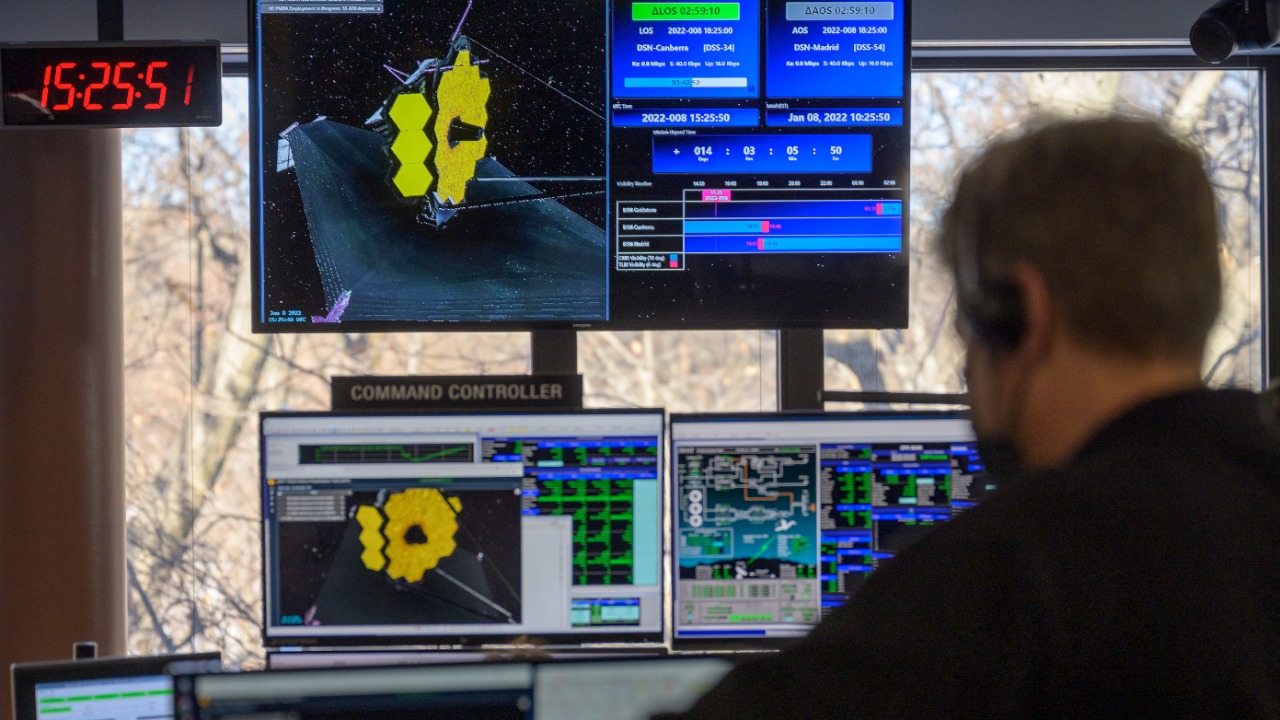
There are several theories about how free-floating planets might develop their own miniature systems. One possibility is through accretion, where the rogue planet captures surrounding debris and smaller objects over time, forming satellite systems akin to the moons orbiting planets in our solar system. This process mirrors how planets themselves are believed to form around stars, by gradually accumulating material in a disk.
Recent theoretical models have evolved to support these possibilities, suggesting that free-floating planets can indeed form complex systems independently. These models take into account factors such as the planet’s gravitational influence, the density of surrounding materials, and the dynamical processes at play. With the advent of advanced computer simulations, scientists can now explore various scenarios of planetary system formation, which in turn informs our understanding of the diverse array of planetary configurations that exist in the universe.
Evidence from the James Webb Space Telescope
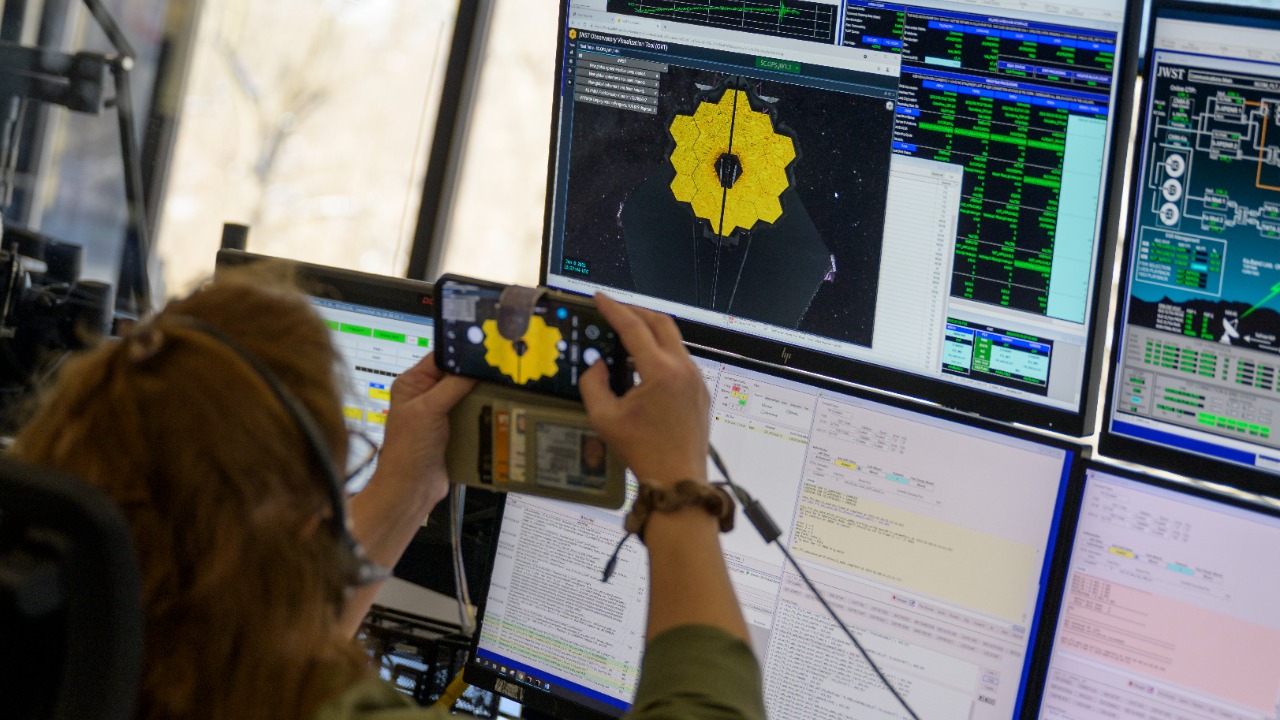
The James Webb Space Telescope has been instrumental in providing concrete evidence supporting the existence of miniature systems around free-floating planets. By observing the cosmos in unprecedented detail, the telescope has identified instances where rogue planets exhibit signs of having companions. These findings suggest that such planets might not be as isolated as previously thought, potentially hosting their own moons or smaller planetary bodies.
This new understanding significantly impacts planetary science, reshaping our theories about planetary formation and evolution. The James Webb Space Telescope has opened up new realms of possibilities, challenging the traditional view that a stable, central star is necessary for the development of a planetary system. These discoveries also imply that the potential for life might extend beyond the confines of star-dependent systems, broadening the horizons of astrobiological research.
Impacts on the Search for Extraterrestrial Life

The potential habitability of free-floating planets is a fascinating topic, as these planets could host life forms adapted to unique conditions. Without the energy from a nearby star, life on such planets might rely on alternative energy sources, such as geothermal heat or chemical reactions. The environments of these planets could support diverse ecosystems unlike anything found on Earth, potentially offering new insights into the adaptability of life.
These findings also have significant implications for the search for extraterrestrial life, prompting astronomers to expand their criteria for habitable zones. Traditionally, the search for life has focused on planets within the “Goldilocks zone” of their stars, where conditions are just right for liquid water to exist. However, the discovery of miniature systems around free-floating planets suggests that life could exist in entirely different environments, encouraging scientists to explore new locations in the galaxy for signs of life.
Challenges and Future Research Directions
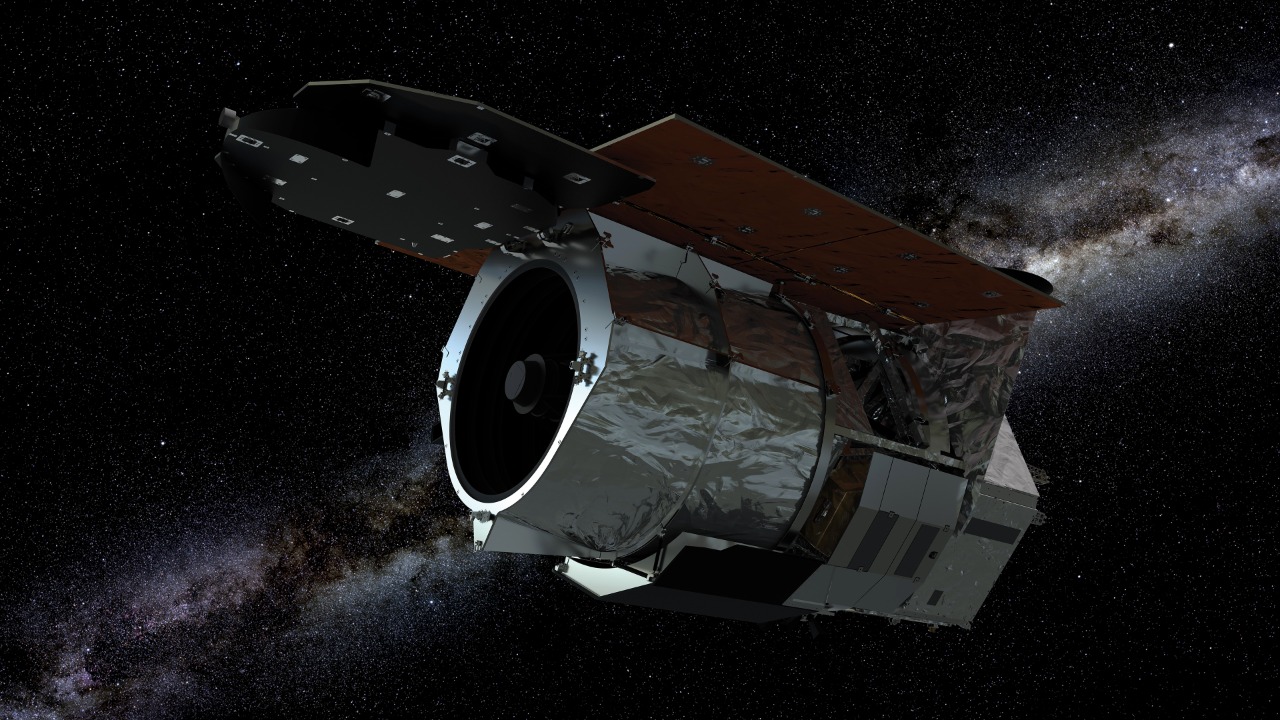
Studying free-floating planets presents numerous challenges, primarily due to their distant and dim nature. The limitations of current technology make it difficult to gather detailed information about these celestial bodies, and much about them remains speculative. Nevertheless, advancements in telescope technology and observational techniques are continually improving our ability to study these planets and their potential systems.
Future missions and studies are set to further explore these intriguing planetary systems. Projects such as the Nancy Grace Roman Space Telescope and potential follow-ups to the James Webb Space Telescope aim to provide more in-depth observations, helping to uncover the secrets of rogue planets. These missions will not only enhance our understanding of planetary formation but also refine our search strategies for extraterrestrial life, expanding the horizons of astronomical research.